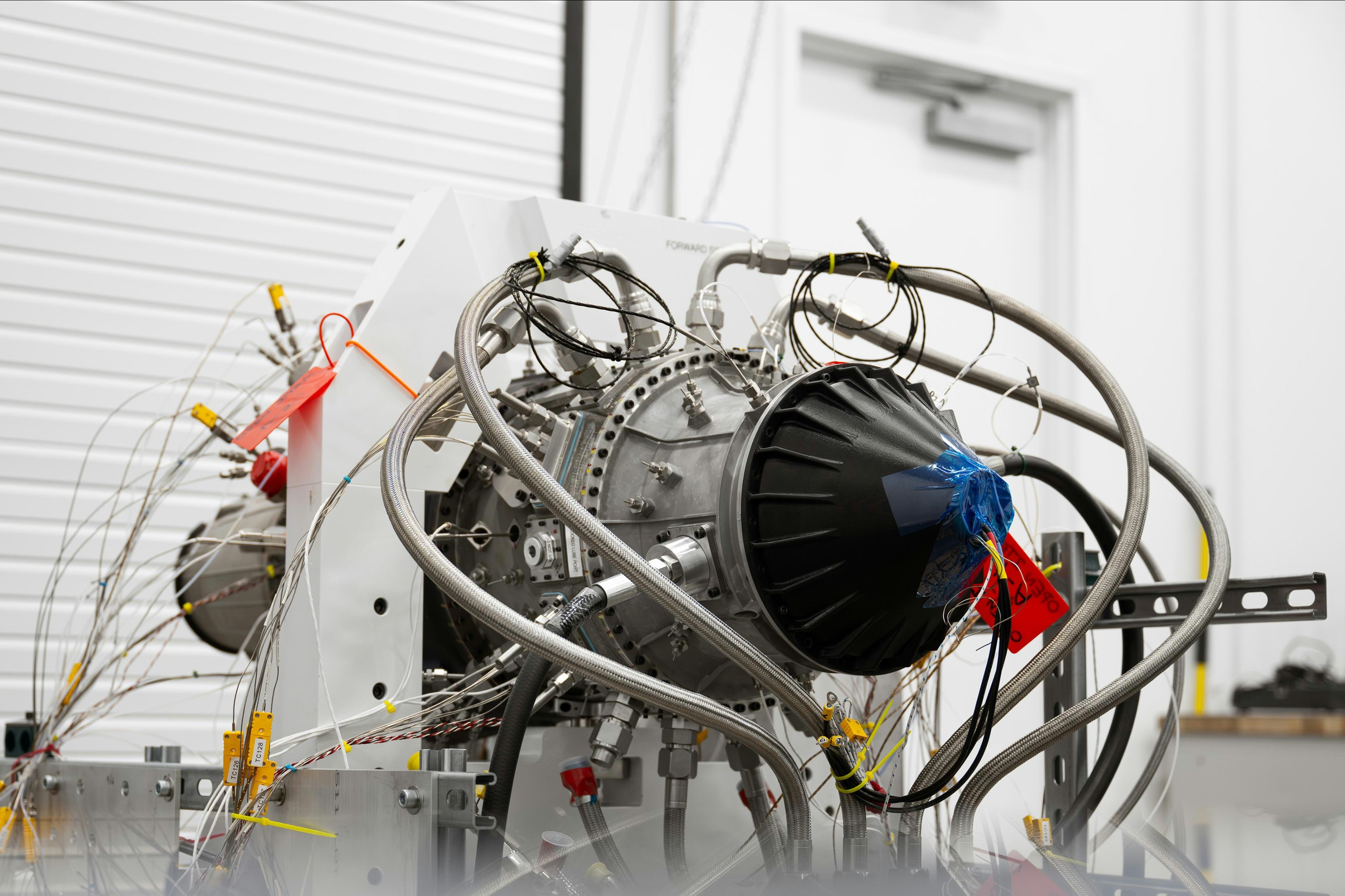
AeroGenie — Your Intelligent Copilot.
Trending
Categories
FlightLogger Expands North American Reach with OSM Aviation Academy Partnership
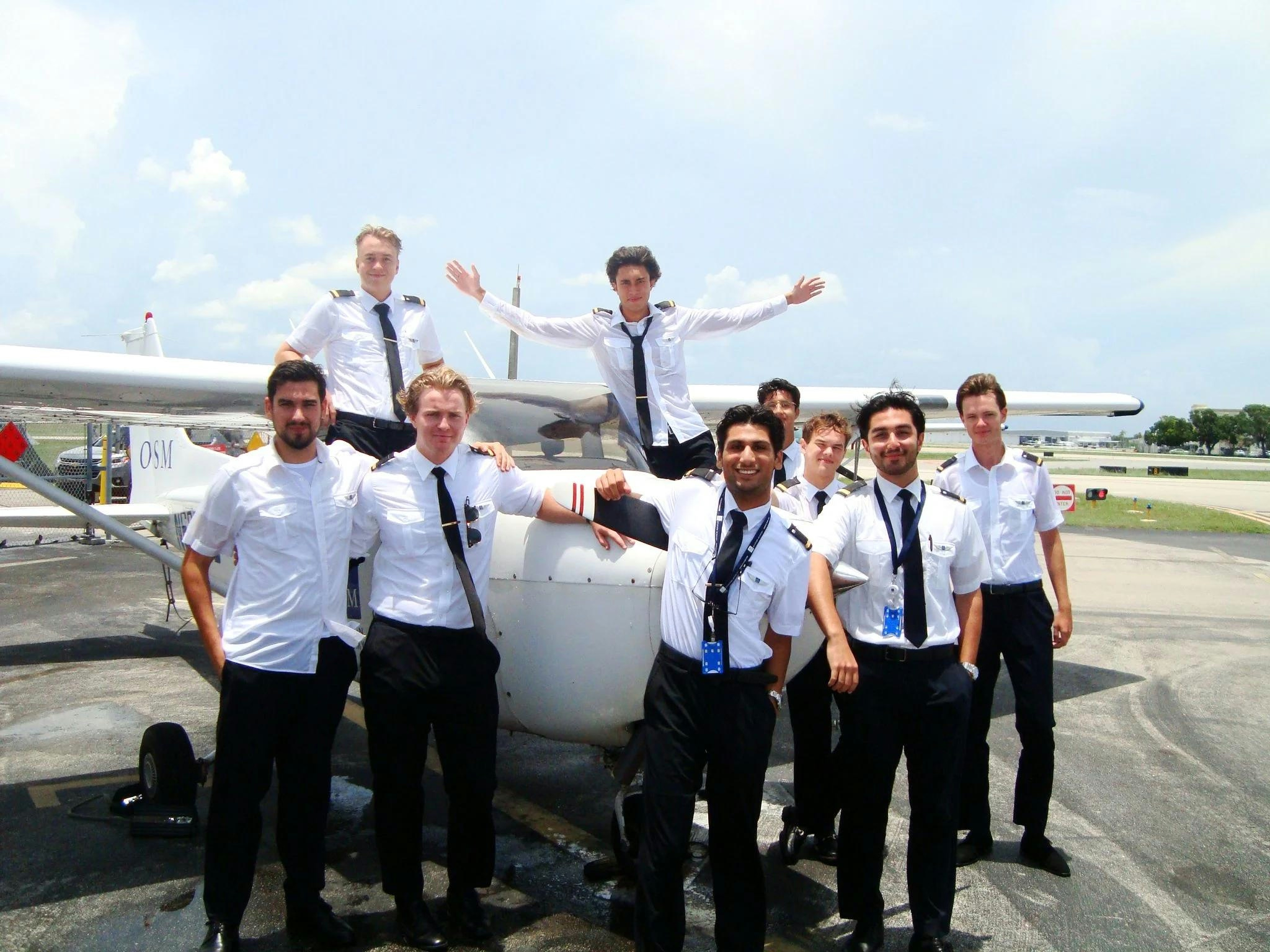
FlightLogger Expands North American Reach with OSM Aviation Academy Partnership
Strategic Integration at Fort Lauderdale Campus
FlightLogger has announced a significant expansion of its North American presence through the integration of OSM Aviation Academy’s U.S. campus in Fort Lauderdale into its global network of flight training institutions. Known for its strong training heritage in Europe, OSM Aviation Academy is adopting FlightLogger’s digital platform at its Fort Lauderdale Executive Airport (KFXE) location. This move is designed to streamline operational processes and improve training efficiency, marking a pivotal development in FlightLogger’s growth strategy within the region.
The partnership builds upon FlightLogger’s existing collaboration with OSM’s European operations, where the platform has already enhanced scheduling accuracy and academic oversight. With a growing student population in the United States, OSM sought to replicate these operational efficiencies domestically. Martin Floor, Managing Director at OSM, emphasized the benefits of this transition, stating that it allows instructors to concentrate more on mentoring future pilots while FlightLogger manages complex administrative and compliance responsibilities.
Enhancing Training and Operational Efficiency
Under a one-year contract that includes UBM and QuickBooks modules, OSM’s U.S. academy will utilize FlightLogger to centralize and simplify scheduling for both FAA Part 141 and Part 61 courses. The platform will enable real-time grading and progress tracking, integrate operational and financial workflows through QuickBooks, and reduce manual documentation. These improvements are expected to enhance compliance and alleviate staff workload, thereby supporting a more efficient training environment.
FlightLogger’s CEO, Mads Larsen, expressed enthusiasm about the collaboration, highlighting the alignment between OSM’s reputation for excellence in professional pilot training and FlightLogger’s mission to empower aviation education through innovative, user-friendly technology.
Navigating a Competitive and Evolving Market
FlightLogger’s expansion into North America occurs amid a competitive and rapidly evolving aviation market. The charter and flight training sectors are witnessing intensified competition, with major players such as Starlux and Delta Air Lines expanding their U.S. operations through strategic alliances and growth initiatives. As FlightLogger seeks to strengthen its foothold, it may encounter competitive responses from organizations pursuing similar digital transformation strategies or forging new partnerships.
Broader industry challenges, including ongoing difficulties in talent acquisition and retention, continue to influence the aviation sector. These factors are likely to affect how flight training organizations adopt new technologies and respond to shifting market demands.
Despite these challenges, the partnership with OSM Aviation Academy underscores FlightLogger’s commitment to supporting FAA-regulated training institutions with modern, scalable solutions. By providing tools that automate administrative tasks and ensure regulatory compliance, FlightLogger aims to enable flight schools to focus on delivering high-quality pilot education.
About OSM Aviation Academy
Founded in 1963 in Stockholm, Sweden, OSM Aviation Academy is one of Europe’s largest flight training institutions. It offers comprehensive, airline-focused programs across Norway, Sweden, and the United States, with a mission to produce “Airline Ready” graduates through structured and professional education.
About FlightLogger
FlightLogger is a leading provider of cloud-based digital solutions for flight training organizations worldwide. Serving over 210 flight schools in more than 50 countries, FlightLogger is dedicated to streamlining operations, enhancing compliance, and advancing aviation education through innovative technology.
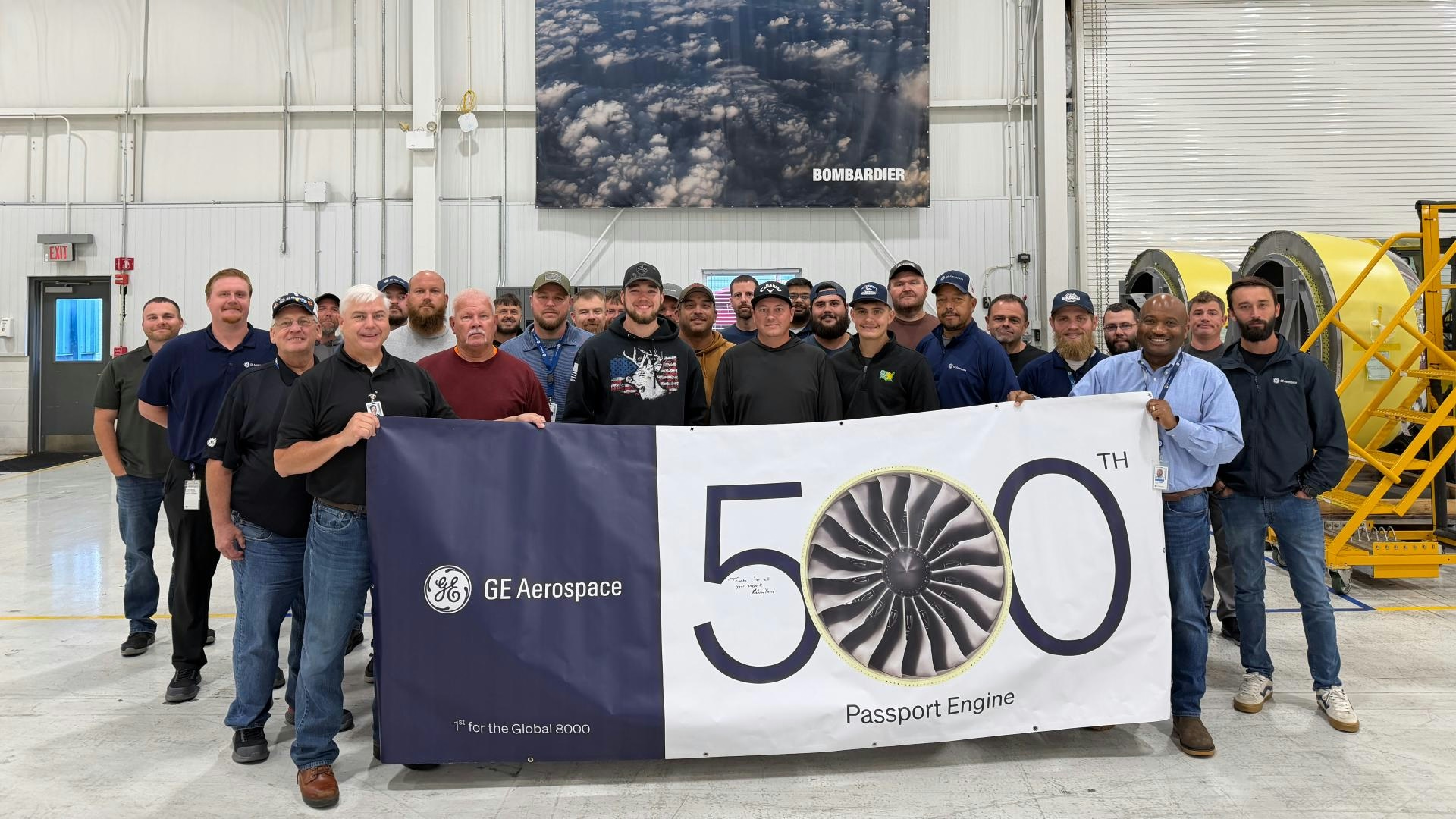
How GE Is Meeting Global Jet Engine Demand
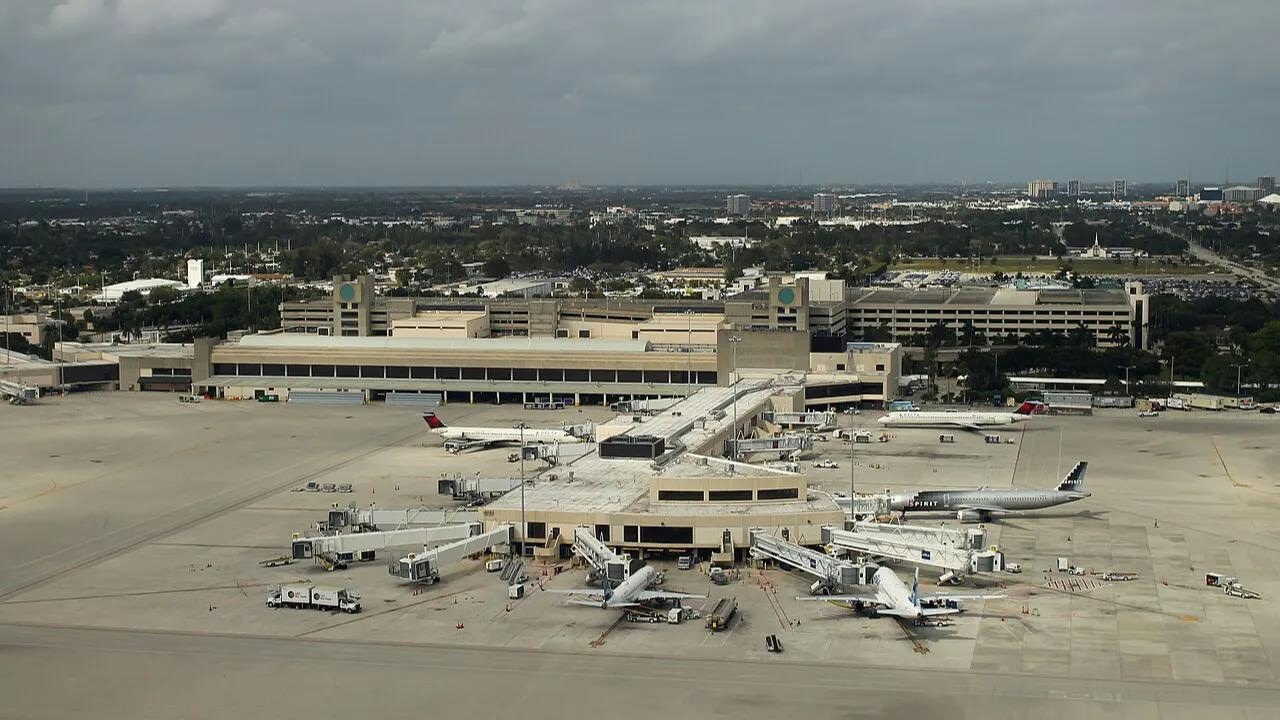
IATA Projects Airline Profits of $41 Billion in 2026
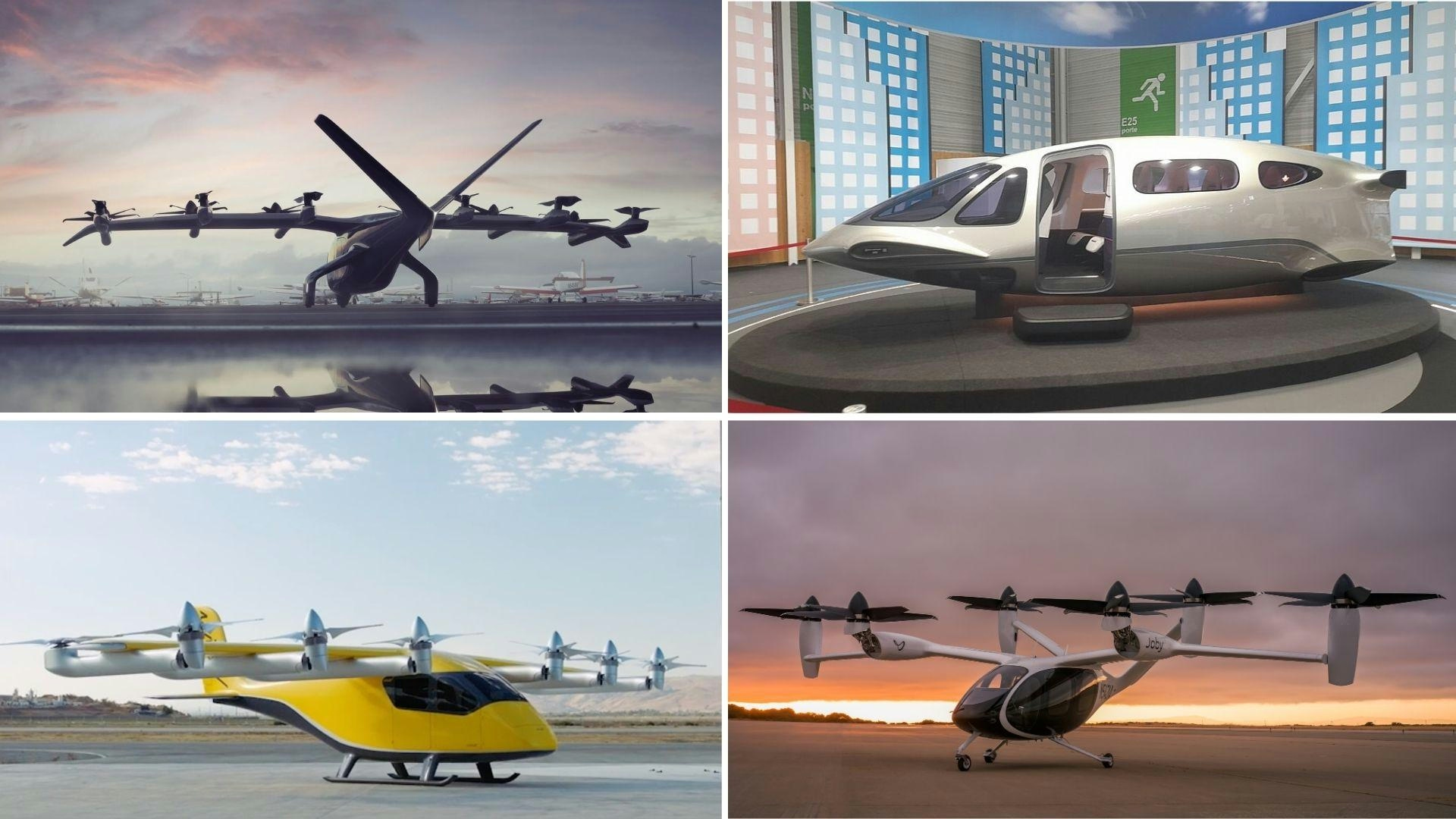
Five Air Taxis Poised to Shape Urban Mobility by 2026
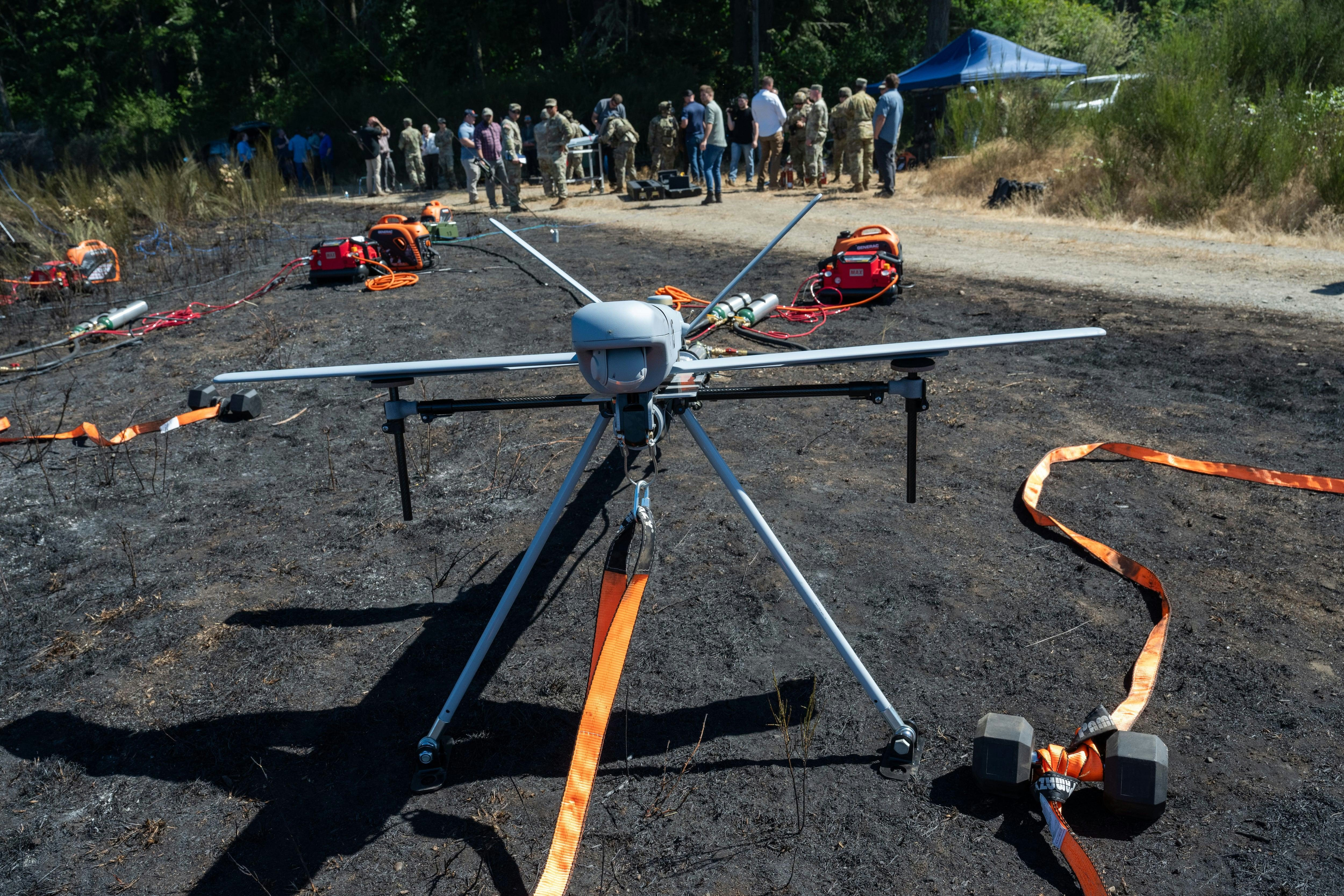
Advances Highlighted at Drone Warfighter Competition

London Luton Airport and University of Bedfordshire Launch AI Partnership to Advance UK Aviation

Should Marvel Mystery Oil Be Added to Engines?
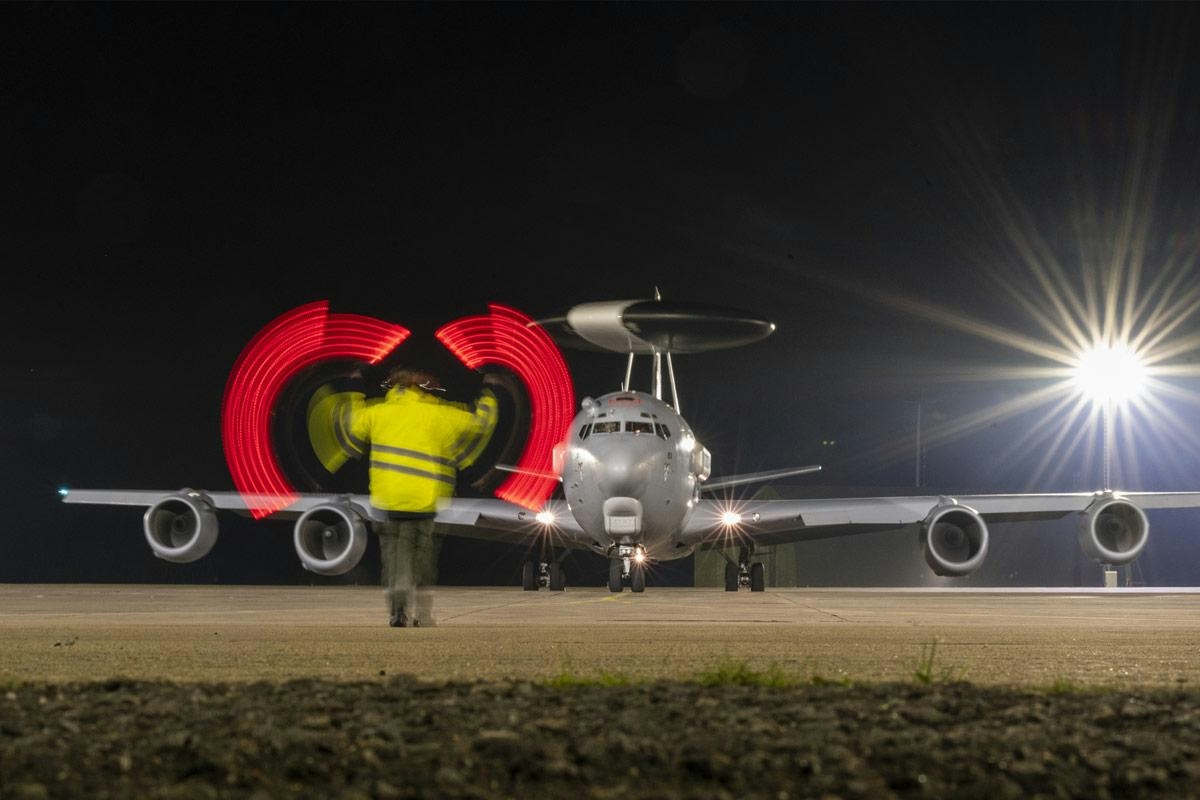
French Air Force E-3F Aircraft to Remain Under AFI KLM E&M Support Until Replacement
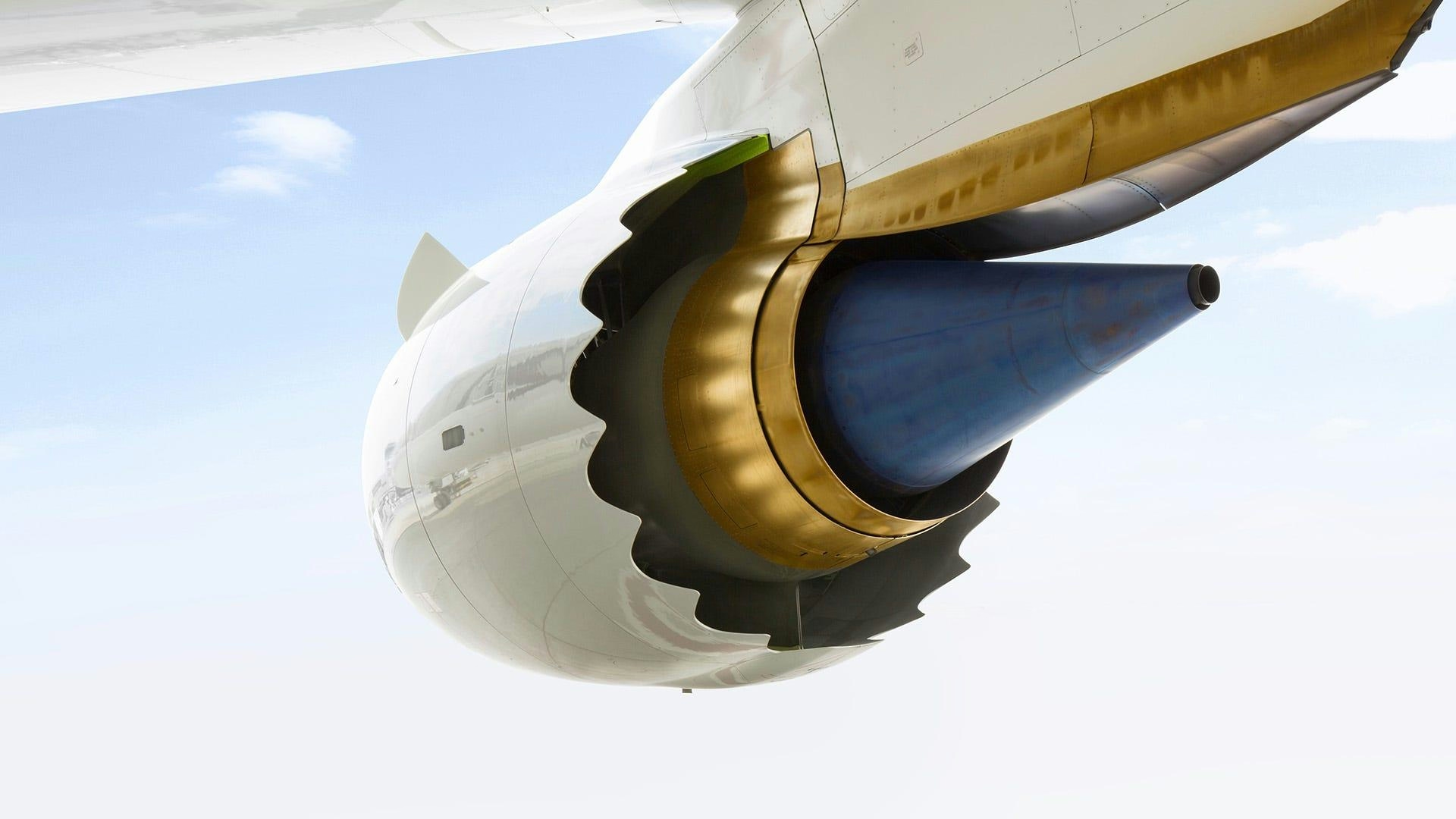
GE Aerospace Shares Rise on FAA LEAP Engine Directive and China Partnership

AI-Driven Innovation Transforms the Airline Industry
